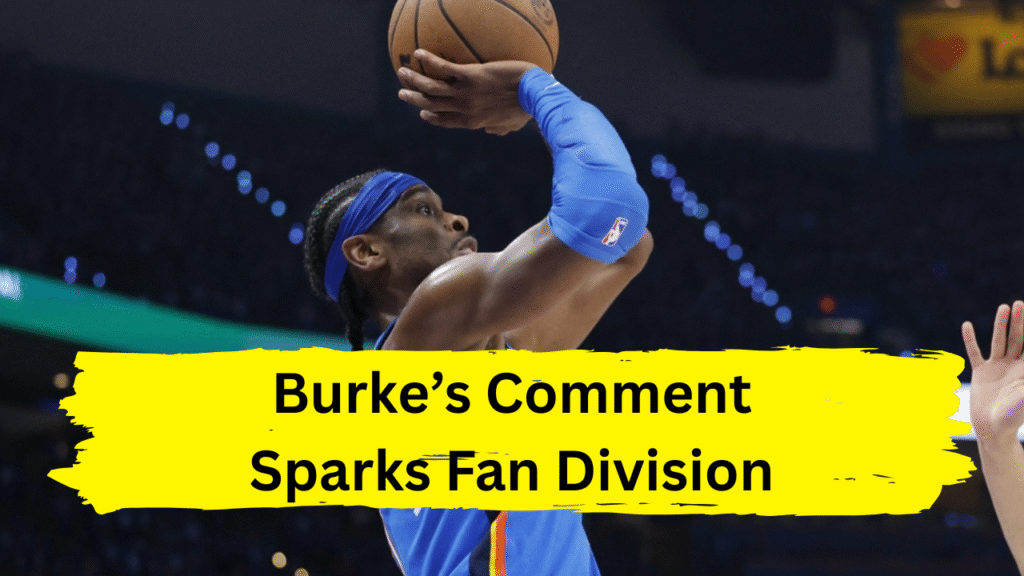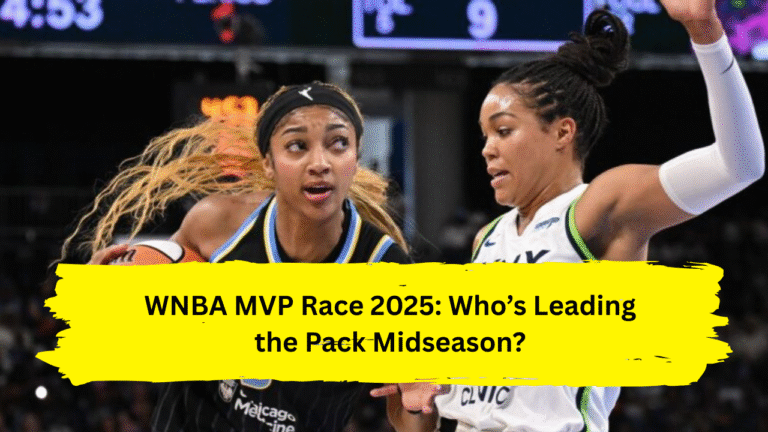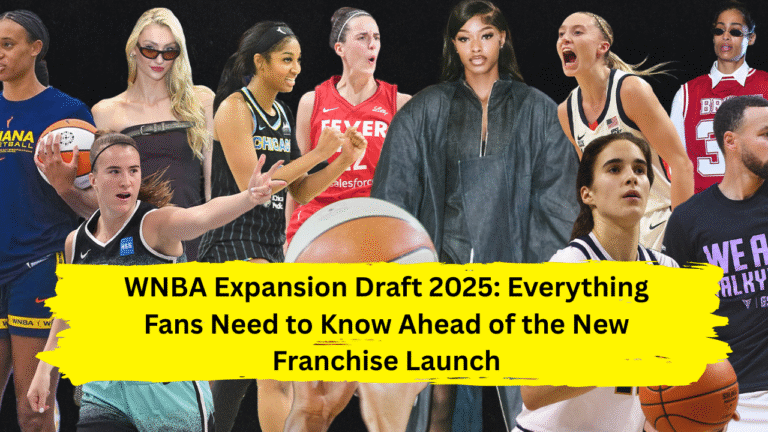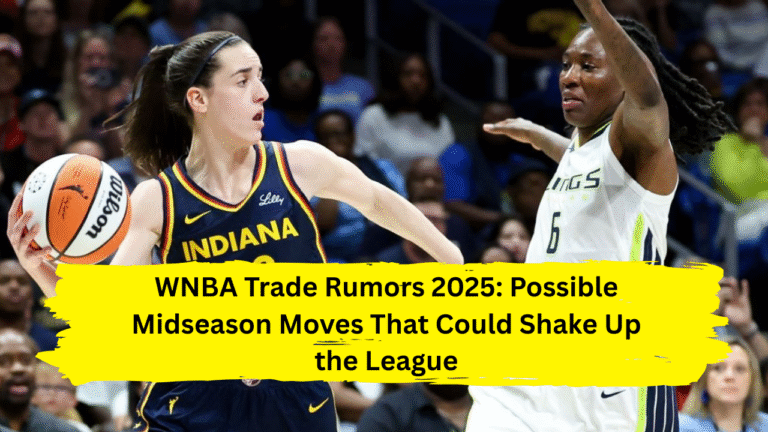
The 2025 NBA Western Conference Finals have delivered no shortage of drama, but one moment transcended the on-court action: ESPN analyst Doris Burke’s unexpected use of the term “free-throw merchant” to describe Oklahoma City Thunder superstar Shai Gilgeous-Alexander. The comment, made during Game 1 of the Thunder-Timberwolves series, ignited a firestorm of debate, exposing the fine line between praise and critique in modern NBA discourse—and revealing how a single phrase can polarize fans, players, and analysts alike.
The Spark That Lit the Flame
It happened in the first quarter of Game 1. Gilgeous-Alexander, already a frontrunner for MVP, drew his seventh free throw attempt within minutes. As he stepped to the line, play-by-play announcer Mike Breen noted his frequent trips to the charity stripe. Burke, known for her analytical yet measured tone, responded: “There’s a reason NBA Twitter likes to call him the free-throw merchant, Mike.”.
The term “free-throw merchant” isn’t new—it’s a social media-born label criticizing players who rely heavily on drawing fouls. But hearing it on a national broadcast, uttered by a respected voice like Burke, gave the phrase legitimacy—and controversy. Was this an objective observation or a subtle critique? The ambiguity fueled immediate reactions. Social media erupted, with clips of the moment amassing millions of views overnight.
The Numbers Behind the Narrative
Gilgeous-Alexander’s free-throw dominance is undeniable. During the regular season, he averaged 8.8 free throws per game, second only to Giannis Antetokounmpo. In the playoffs, that number rose to 9.2 attempts per game, cementing his reputation as one of the league’s most proficient foul-drawers. Critics argue his tactics border on theatrics—exaggerating contact, contorting his body mid-air, and “selling” fouls to referees. Supporters, however, counter that his ability to bait defenders into mistakes is a hallmark of his basketball IQ.
The Thunder’s 26-point Game 1 victory showcased this duality. While SGA’s 31 points included 11 from free throws, his overall shooting (10-for-27) underscored his reliance on the line. For opponents like Minnesota’s Anthony Edwards, the frustration boiled over. After a contentious foul call, Edwards hurled the ball at Gilgeous-Alexander, earning a technical foul—an act emblematic of the simmering tensions.
The Divide: Skill or Sham?
Burke’s comment tapped into a larger NBA debate: Is drawing fouls an art or an exploitation?
The Skill Argument
Proponents argue that Gilgeous-Alexander’s mastery of angles, footwork, and timing makes him elite. Driving to the basket 20+ times per game, he forces defenders into no-win situations: foul him or give up a layup. As Thunder coach Mark Daigneault noted, “Hate is the highest of compliments when it comes to the great players”. Even Burke clarified she was echoing fan sentiment, not endorsing it.
The Gamesmanship Critique
Detractors, however, see a darker side. Analysts like Bill Simmons labeled the officiating in SGA’s favor “scandalous,” arguing playoff basketball traditionally allows more physicality. Social media users compared him to James Harden and Trae Young—players whose styles prioritize fouls over fluid play. For Timberwolves fans, the frequent whistles disrupted momentum, turning games into free-throw marathons.
Doris Burke: Catalyst or Casual Observer?
Burke’s role in this drama cannot be understated. A trailblazer in sports broadcasting, she’s often praised for her insight. Yet, her “free-throw merchant” remark drew accusations of bias—a recurring critique. Earlier in 2025, she faced backlash for perceived favoritism toward the Celtics and Bucks. This time, critics claimed she amplified a negative narrative while ignoring Edwards’ technical foul antics.
Supporters, however, applauded her candor. In an era where broadcasters often avoid controversy, Burke’s willingness to engage with fan-driven discourse—even at the risk of backlash—reflects the evolving role of media in sports.
Broader Implications for the NBA
The “free-throw merchant” debate transcends Gilgeous-Alexander. It touches on the NBA’s officiating standards, star player treatment, and the league’s balancing act between entertainment and integrity.
- Rulebook Scrutiny: SGA’s success highlights how rule interpretations can be exploited. The NBA has tweaked regulations before (e.g., the “Harden rule” limiting non-basketball moves). Could another adjustment follow?
- Fan Engagement: Social media’s influence is undeniable. Terms like “free-throw merchant” originate online but now shape mainstream narratives, forcing analysts to navigate fan jargon.
- Player Legacy: For Gilgeous-Alexander, the label risks overshadowing his brilliance. Despite the noise, he remains focused: “I’m going to do whatever it takes to win”.
Conclusion: A Mirror to Modern Fandom
Doris Burke’s two-word commentary didn’t just describe a player—it mirrored the NBA’s cultural moment. In an age where every play is dissected online, the line between analysis and provocation blurs. Gilgeous-Alexander’s free throws are a microcosm of larger tensions: tradition vs. innovation, skill vs. spectacle, and the eternal quest for fairness in a game ruled by human judgment.
As the Thunder advance toward the Finals, one thing is certain: The “free-throw merchant” discourse isn’t fading. It’s a reminder that in today’s NBA, narratives are written as much on Twitter as on the court—and sometimes, a veteran commentator’s offhand remark becomes the story of the series.




